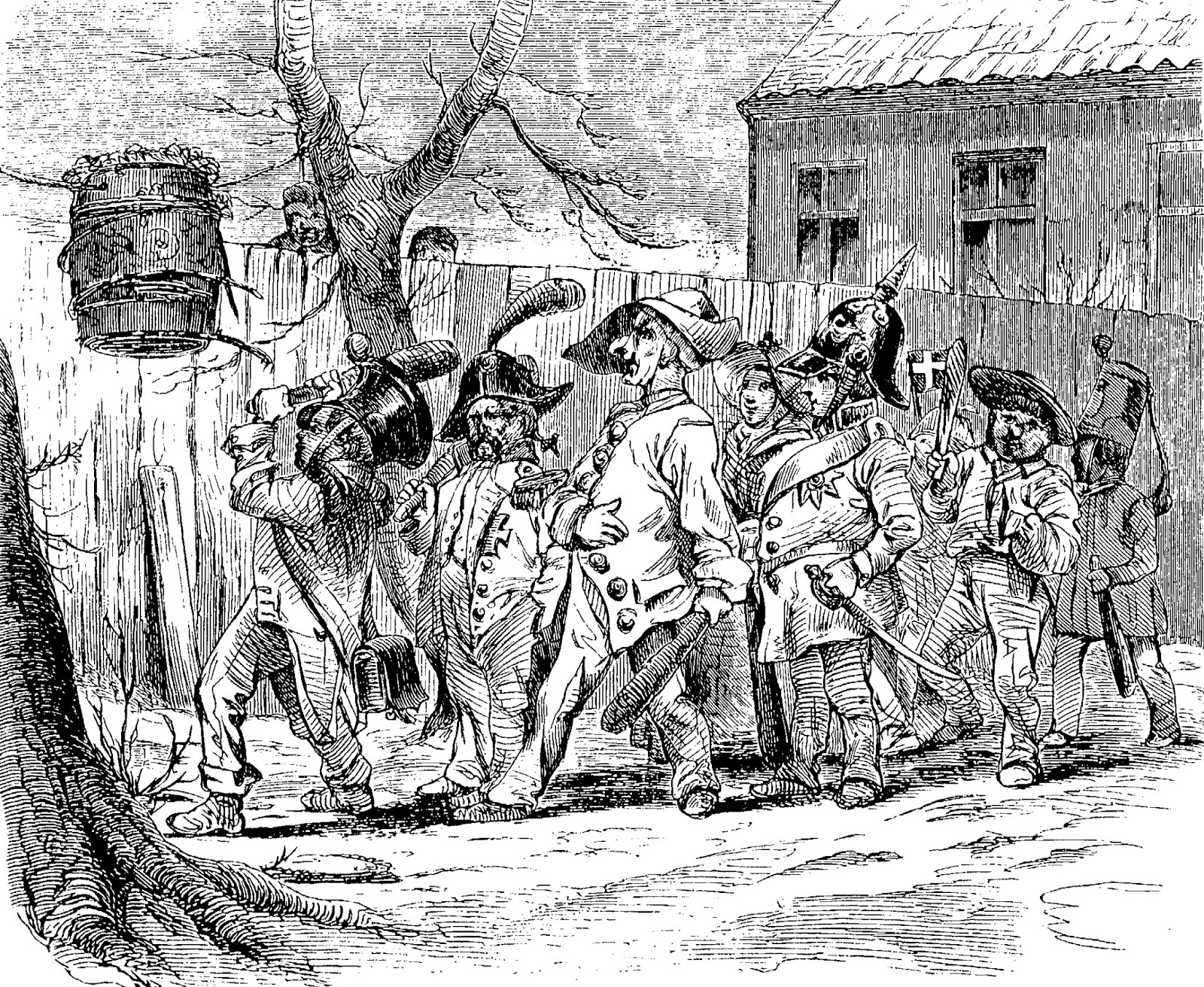That's a bit bureaucratic entrance, and like all this type of stuff, it isn't too much exciting. BUT is completely necessary; specially for the people who is interested in studying here soon.
So, What documents I have had to apply since I arrived here? Let's go in order:
 1. First of all, you have to apply for the residence permit. The procedure varies according to citizenship:
1. First of all, you have to apply for the residence permit. The procedure varies according to citizenship:
- Non EU citizens have to apply and obtain their residence permit before they arrive in Denmark.
- EU citizens have to apply upon you arrive in Denmark.
- Nordic citizens have not to apply, but have to bring their internordic moving certificate.
I'm going to focus only in EU citizens because I know perfectly how it works. So, What have to do an EU citizen for applying for the residence permit?
You have to download, print and fill out this form:
Then you have to bring a copy of your passoport or ID card, 2 passport photos and a letter of enrollment (or any document that can prove that you are in Denmark for studying) together with the form filled at "Statsforvaltningen Syddanmark", which is in the street Mogensensvej 24 C, 1, Odense C, and it is open Monday and Wednesay (10-15h); Thursday (12-16h) and Friday (10-13h).
One advice? Bring your pass photos from your country because here is very difficult to find any place to take them. I went to a photo booth in the train station.
2. Once you have received your residence permit (it arrives you by postal mail and it takes as maximum 2 weeks), you can apply for the CPR number.
But, what is the CPR number? CPR are the initials of "Det Centrate Person Register", which is the Danish Civil Registration System. It means, that this number is your personal identification here in Denmark (is like our ID in Catalonia or Spain).
You need the CPR for everything here. Without CPR number you can't work in Denmark, you can't use the health care system (in case of emergency, you will be assisted anyway), you can't open a bank account, you can't enroll in the free-danish courses that pay the town hall to international students, etc...
The CPR number consists of ten digits. The first six are your date of birth, and the last four the identification number. The last number indicates your sex, so, odd digits mean male and even digits indicate female.
For applying for the CPR number you need to bring your passport/ID card, the residence permit and the blue health insurance card (targeta sanitària) from your country to the BorgerServiceCenter, which is in the street Skulnkenborg 1 Odense C. The office is open Monday and Thursday (9-18h); Tuesday and Wednesday (9-15h); Friday (9-13h) and Saturday (10-13h).
One advice? Try to go to the office at the first hour they are oppened because a huge line of people will be formed few minutes.
3. Student card: If you are going to attending courses, is not my case, you will receive a student card, which gives you a lot of advantages and discounts, but actually, if you bring with you your student card from the university in your country you can enjoy the same advantages.
4. ESN Card: The ESN is the International Exchange Erasmus Student Network. Almost each city have an ESN office and it's very useful because the ESN organize different activities (parties, trips, excursions, visits to different places, dinners...) and with that card you can take part in them.
You can buy your ESN card for 50 DKK for one year at the ESN office on the street Campusjev 55, Odense M
I think that are the most important documents you will have to apply when you come here to study for more than 3 months.
Let me finish with a curiosity. Do you know what it means the letter C or M that I've written in the different addresses? I'm sure you know it. They are the initials of Center and Midt (Middle).
Actually, Odense is divided in 8 areas: Odense Center (C); Odense Midt (M); Odense Nord (N); Odense Nord-Vest (NV); Odense Vest (V); Odense Sud-Vest (SV); Odense Sud-øst (SO) and Odense Nord-øst (NO).
Each area has something I can distinguish, but the most important areas are the Odense Center, where we can find all the attractions of the city, as well as the zoo or the hospital; the Odense Vest, because is where I live (Rasmus Rask Kollegiet), and Odense Midt, because is where the Syddansk Universitet main campus is. In Odense Nord-øst you can visit the Odense Fjord, where it is a small beach.
I hope this information will be useful for anybody who want to come here to study or to work. It's an amazing land; you should come and just enjoy it! Next entrance will be more interesting, I promise!















